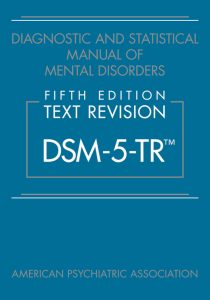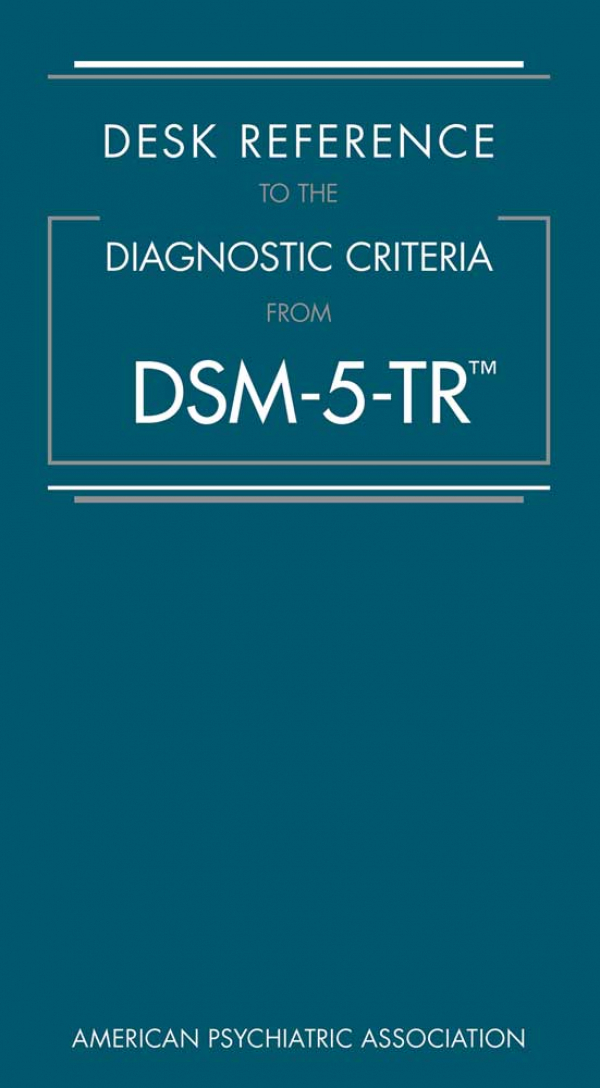It’s here! The American Psychiatric Association has just released the DSM-5 TR. At 1,120 pages, and with more than 200 subject matter experts contributing to this work, this revised edition of the 2013 DSM-5 Text Revision is the most relevant update to mental health in nine years. The fully updated Introduction and Use of the Manual help guide usage and provide context for important terminology. The spiral bound DSM-5 TR Desk Reference, at 398 pages, is also available.
Featuring the addition of Prolonged Grief Disorder, the result of years of research and clinical experience, this validates the reality of people who experience pervasive inability to move past grief over the loss of a loved one and present symptoms severe enough to affect day-to-day functioning. Someone in 10 bereaved adults is at risk for developing this disorder.
It also contains codes for both suicidal behavior and non-suicidal self-injury, the text revision provides mental health professionals in all fields assistance in helping the huge number of people seeking post-pandemic support and help with anxiety, depression, and a wide range of other disorders. This text revision contains updates regarding ethnocultural and racial constructs in diagnosis and sex and gender constructions.
Fully revised text for each disorder, the book offers updated sections on associated features, prevalence, development and course, risk and prognostic factors, culture, diagnostic markers, suicide, differential diagnosis, and more. More than 70 modified criteria sets with helpful clarifications.
This is the first DSM to include considerations of the impact of racism and discrimination on mental disorders integrated into the text. It also contains new codes to flag and monitor suicidal behavior, available to all clinicians of any discipline and without the requirement of any other diagnosis.
The ICD-10-CM codes are fully updated and include some 50-plus coding updates new to DSM-5-TR for substance intoxication and withdrawal, and other disorders, and an updated and redesigned Diagnostic Classification.


